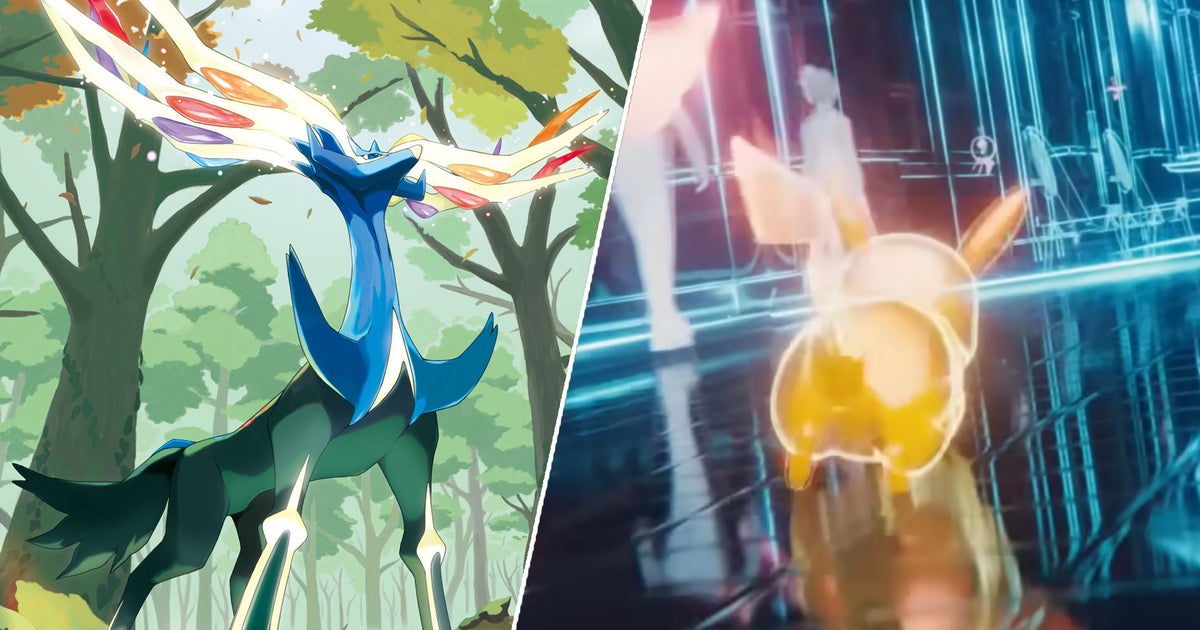The star of the Mobile World Congress was not the phone, even if we saw several presentations and very striking models. Nor is it a new communications technology or a crucial trade deal. The star of the MWC was a carwe connected that It is expected to be one of the key elements of Xiaomi’s strategy in the years to come.
The Xiaomi SU7 in its Max version was on the Xiaomi stand at the Barcelona show and We were able to see it up close, in addition to speaking with the managers and trainers of the Xiaomi brand, who patiently answered our many questions. But we wanted to understand the agitation that had been organized around this vehicle.
[Xiaomi ha conseguido lo que Apple no pudo, crear un coche eléctrico, y su jefe aún está alucinando]
There are still many doubts because Xiaomi has not confirmed all the features, in addition to missing key data like price. However, enough is known to know that it will be a turning point in the industry for a company like this to enter the automotive sector.
Software and hardware
One of the reasons why Tesla has managed to have such a great advantage over its competitors, in addition to having developed electric motors and parts for this type of vehicle for a longer time, is its hardware/software integration
This is possible because they control the creation of the software as well as the hardware, although some parts are ordered from external companies. It’s the same thing Apple has been doing for years with the iPhone. GOOD Xiaomi chose the same strategycreate our own parts, such as new electric motors, order others but above all, create an operating system from scratch, albeit based on Android.
The Xiaomi SU7 may be an industry game-changer for five main reasons
HyperOS was created, in part, to be able to integrate new devices, like cars, something that was not possible with MIUI. This link between software and hardware makes the Xiaomi SU7 not just another car with poor software, but a car with integration designed from the ground up, giving it advantages over most of its rivals .
Integration with mobile and home
The second key point is also related to said software. HyperOS is an operating system that can be integrated into a multitude of products, and which makes these products interoperable. At Xiaomi they confirmed to us that it would be possible to project the mobile screen onto the car screen to make it work from there, but there is much more.
HyperOS interface on a Xiaomi smartphone
Barcelona
Tablets with this operating system can be docked to the seats using an accessory to control certain aspects of the car. We’re obviously talking about entertainment and climate functions, not driving. But this demonstrates the integration of the entire Xiaomi ecosystem. In addition, it will be possible to use the Xiaomi Home application, which it would literally allow you to control the house from the car
Autonomy
Another strong point of this vehicle is autonomy. The company promised 800 km of empty travel, a somewhat optimistic figure but in line with what other manufacturers have explained, although in the European WLTP cycle it will be lower. But the main thing is that the Xiaomi SU7 is a sedan type car, not an SUV.
Xiaomi SU7 Max
Free Android
This makes its aerodynamic coefficient very low, 0.195., which also makes consumption very low. This is a problem in some cars with large batteries but also with a lot of weight and shapes that prevent air from circulating properly around them. This Cd is the lowest ever seen in a production vehicle, which is high praise for Xiaomi’s engineering team.
Loading speed
What is striking, what some Xiaomi trainers told us at MWC, is that this car is capable of charge for 5 minutes and get a range of 200 km. This figure obviously refers to the most favorable conditions, with the battery heated, the weather optimal and the charging curve at its best peak, but it is still a pretty impressive figure.
Two versions of the Xiaomi SU7.
Another figure has also been put forward, namely that In 15 minutes you could travel more than 500 km. The main thing is that in both cases they talk about using the “Xiaomi charger”. We don’t know if the company will create its own charging network in China or if it will join forces with other companies to offer ultra-fast charging speeds.
Autonomous driving
Xiaomi’s first vehicle did not skimp on technology to be as autonomous as possible. In addition to 11 cameras located around the car and ultrasonic sensors in the front and rear, this vehicle has LiDar at the top of the front windshield. It’s not a huge item, but it’s enough to work better than camera-based systems.
Xiaomi’s electric car, the Xiaomi SU7, parks itself
Xiaomi has developed software so advanced that it allows the car to park on its own in a multi-story building, even makes decisions that have not been seen in other autonomous driving models. It remains to be seen how this system will perform in real-world testing and whether it will be active outside of China, when the car hits international markets, which is still a few years away.
This may interest you
Follow topics that interest you
Table of Contents










